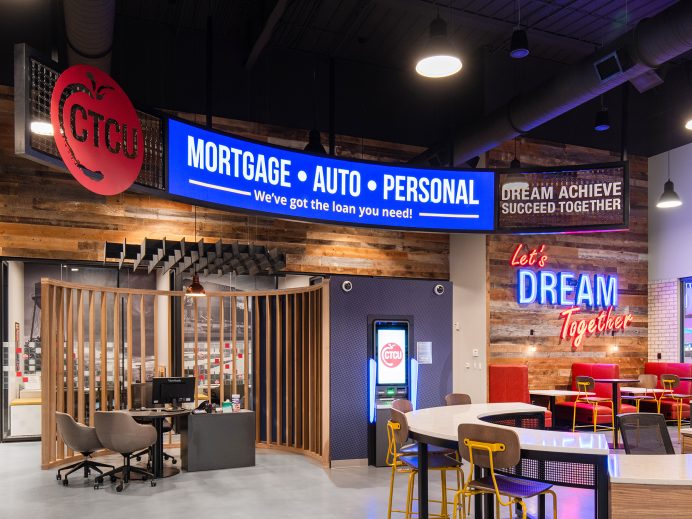Whether you are entering the marketplace of ideas for the first time or you are a storied, legacy brand that has been around for years, telling your brand’s story in a compelling way is table stakes in today’s competitive marketing landscape.
As foundational as brand messaging is, developing a thoughtful communication channel strategy enables leaders to tap into the inherent influence of each medium to create power and presence for their brand. More than merely deciding which message belongs on which medium, the best brand communicators take the time to understand and use each form of media, so their brand message will substantially resonate.
The PESO Model is one of the most effective and influential communication models that is used across many brand disciplines, from PR to marketing and beyond. The PESO Model was introduced in 2014 by Gini Dietrich to operationalize an approach to channel communications that would organize and optimize an ever-growing array of communication options. Mapping brand communication efforts with the PESO Model has reduced tension and turf wars between departments by providing needed structure to an organization’s communication efforts. Acting as a Venn diagram for communicators, PESO ensures that anyone who touches brand communications follows the same roadmap, no matter the destination.
Once used by advertising agencies with impressive budgets fashioning big broadcast buys and splashy print ads, paid media now incorporates numerous opportunities for brand placement and budgets of all sizes. Social advertising, sponsored content, affiliate marketing, paid partnerships, and more, are all forms of media that are quickly growing because they reach highly targeted audiences. While paid content doesn’t have to lead communication efforts, it is part of a powerful mix of channels to move the brand needle. While not entirely under your influence, this channel provides brands moderate control of messaging on an outside channel.
Usually pegged as the result of pitching, earned media is also a growing concept. From submitted articles on crowd-sourced sites to word-of-mouth and seeding campaigns, earned media today is a powerful influencer of brand reputation. The result of a holistic media relations effort, earned media is also an opportunity and relationship builder for brands – a way to get directly to your target audience. Having a respected media outlet pick up your brand or earning your way into a review site will always be a powerful testament to consumers. Since you can influence but not control what media outlets write or think about you, this medium provides brands low control of messaging on an outside channel.
Also still evolving, shared media has become known primarily as social media and it’s a meaningful way to directly engage. Not reliant on a moderator between your brand and the audience, you can speak directly to the concerns of your customer. This is where being authentic and not overly salesy pays off. Consumers who interact with your brand on social are looking for the real value you deliver. Shared media relies as much on push (proactively getting your message out) as pull (drawing audiences in) and is calibrated through social monitoring. Since you control can control what you say, but not what others say about you, this medium provides a medium-high control of messaging on a shared channel.
Finally, owned media is what you create and populate on your channels (website, blog, newsroom, podcast) and showcases your voice directly to your audience. You’ve brought them to you – using other channels or media to drive awareness and engagement – and you keep them here with interesting content. This is where you tell your brand story in the way you want it told and activate your audiences, no matter where they fall in the sales-marketing funnel. Just as on social media, having meaningful content here that builds credibility and demonstrates your expertise and thought leadership is critical. Since you have ultimate control, this medium provides the highest control of messaging on an owned channel.
According to Dietrich on her Spin Sucks blog, “When you integrate the four media types, you may find you also have influencer engagement, partnerships, and incentive programs that extend beyond your internal walls. [W]hen the PESO model is working at its best, it can help you establish authority.” On synchronization, Entrepreneur says, “By organizing your marketing communications and content into four media buckets, you can build a marketing program that is scalable, affordable and meets your long-term and short-term objectives.” While far from the only way to organize and align channels, PESO is intuitive and flexible enough to iterate as channels change within our dynamic brand environment.
Building on PESO, our upcoming articles on brand communication will address messaging architecture, channel publishing, and how to create targeted, meaningful content for audiences. For powerful examples of financial brands communicating in our current COVID environment, visit Sharing Successes at Believe in Banking. If you’d like to speak with one of our brand communication experts, contact us at info@adrenalinex.com.





